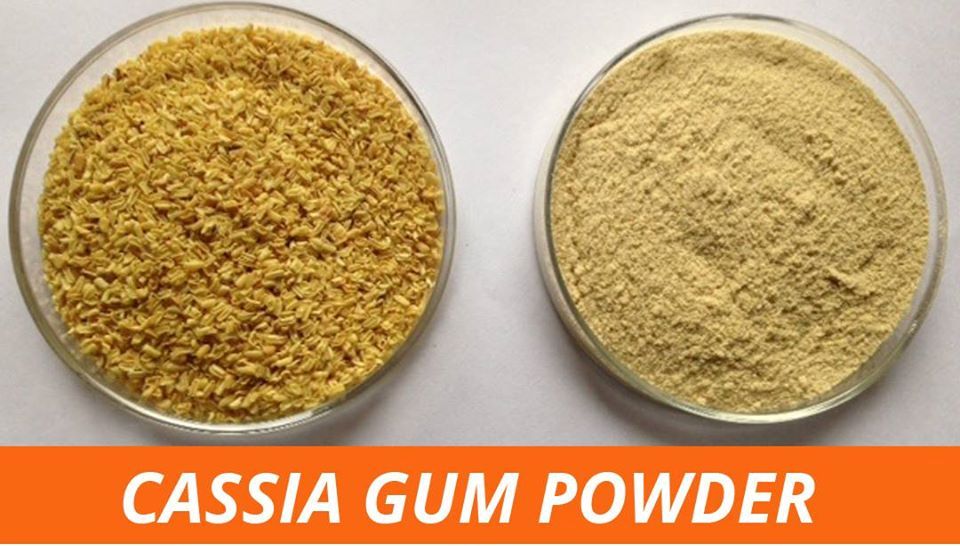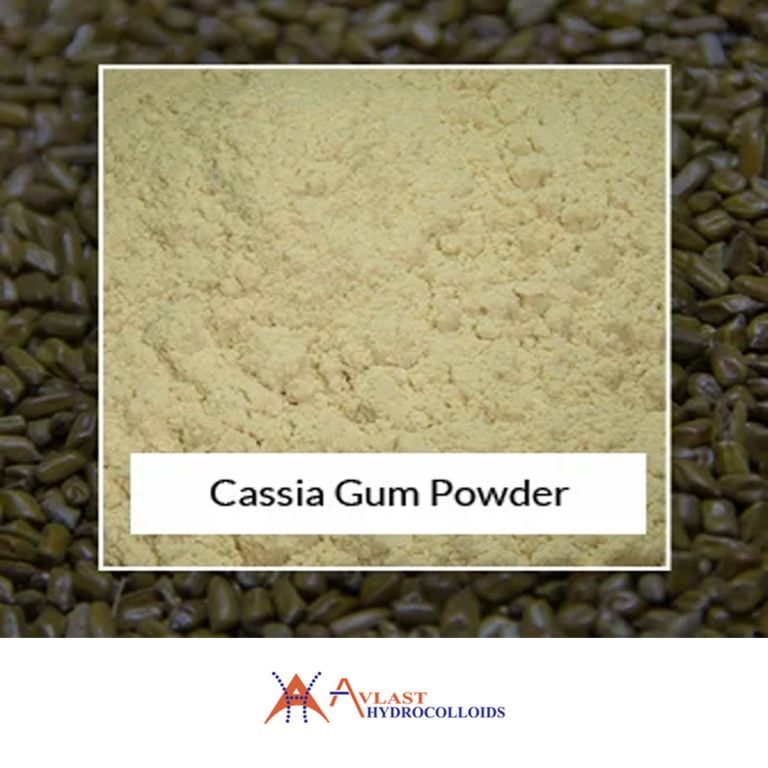Cassia Gum Market Trends in 2023
The global cassia gum market is forecasted to rise by 5% in the period from 2023 to 2026. While Asia Pacific remains dominant in the market, the US is expected to experience growth of 5 percent during the same period. It is also estimated that the Chinese market will show growth in the coming years.
Why Asia Pacific Dominates the Cassia Gum Market?
Cassia gum is a plant based thickening agent, which is used as an emulsifier. It has many applications in the food industry, and is widely used in the preparation of bakery & confectionery products and dairy products.
As a result, there is a strong demand for the product in various countries. Some of the major countries where the demand for cassia gum is increasing include the U.S., Europe, Asia Pacific, and South East Asia.
The market for cassia gum is expected to grow at a moderate CAGR during the forecast period. Increasing demand from the cosmetics and pharmaceutical industries, as well as from the paper industry, will support the growth of the market.
The Asia Pacific region holds a significant share of the global cassia gum market. This is attributed to the rapid industrialization, high disposable income, and growing population in China.

How Much Growth is US Market for Cassia Gum is Expected to have?
Cassia Gum is a food additive that is used to improve the texture of various foods. It can be found in a variety of products, from candy and sweets to salads and sandwiches. Moreover, it is a natural emulsifier that can also be used in the pharmaceutical industry.
The use of cassia gum in a range of products is expected to increase during the forecast period. However, the growth of the market is influenced by a number of factors. In particular, the use of organic food ingredients is a key trend. This is due to a growing concern over the health of consumers.
Another major factor that is expected to drive the growth of the market is the increased demand for meat and dairy products. This is due to the coronavirus pandemic that has affected countries across the world.
Furthermore, the increasing popularity of convenience foods has contributed to the demand for cassia gum. These foods are easily prepared and have a long shelf life. They are also very affordable.
Why China is a Small but Growing Market of Cassia Gum?
Cassia gum is a natural thickening agent. It has been used for many years in various foods, including dairy products, beverages, and infant formulas. Cassia gum has been considered a good alternative to synthetic ingredients. Its use in the food industry is expected to continue.
China is one of the leading producers of cassia gum. The market in China is projected to grow at a CAGR of 6% from the year 2022 to 2023. With the growing consumer demand for processed food and a developing middle class, there is an increasing demand for the product.
The global market for cassia gum is competitive. Many companies are focusing on this emerging market. However, there are some key challenges and opportunities that will affect the growth of this industry.

Recent Market Trends of Cassia Gum
As the demand for cosmetics and pharmaceuticals increases, the cassia gum market is also expected to expand. A large number of domestic and multinational players are playing an active role in the industry. This has led to the development of a competitive landscape.
The market is mainly segmented on the basis of geography. Asia Pacific leads the global market in terms of volume and revenue. In addition, Europe is also a prominent region in this field. However, the Latin American market is expected to grow fastest.
The global market for Cassia-Gum Powder is projected to grow by 6.7% from the year 2022 to 2023. Several countries in Europe have approved the use of Cassia-Gum Powder. Also, the demand for confectionery and bakery items is increasing in the Asia Pacific region.
The Bottom Line
Cassia Gum is a natural gum that has many uses, especially in food and personal care products. It is an emulsifier and thickening agent. Some of the common uses include thickening for bread, biscuits, cookies and air fresheners.

